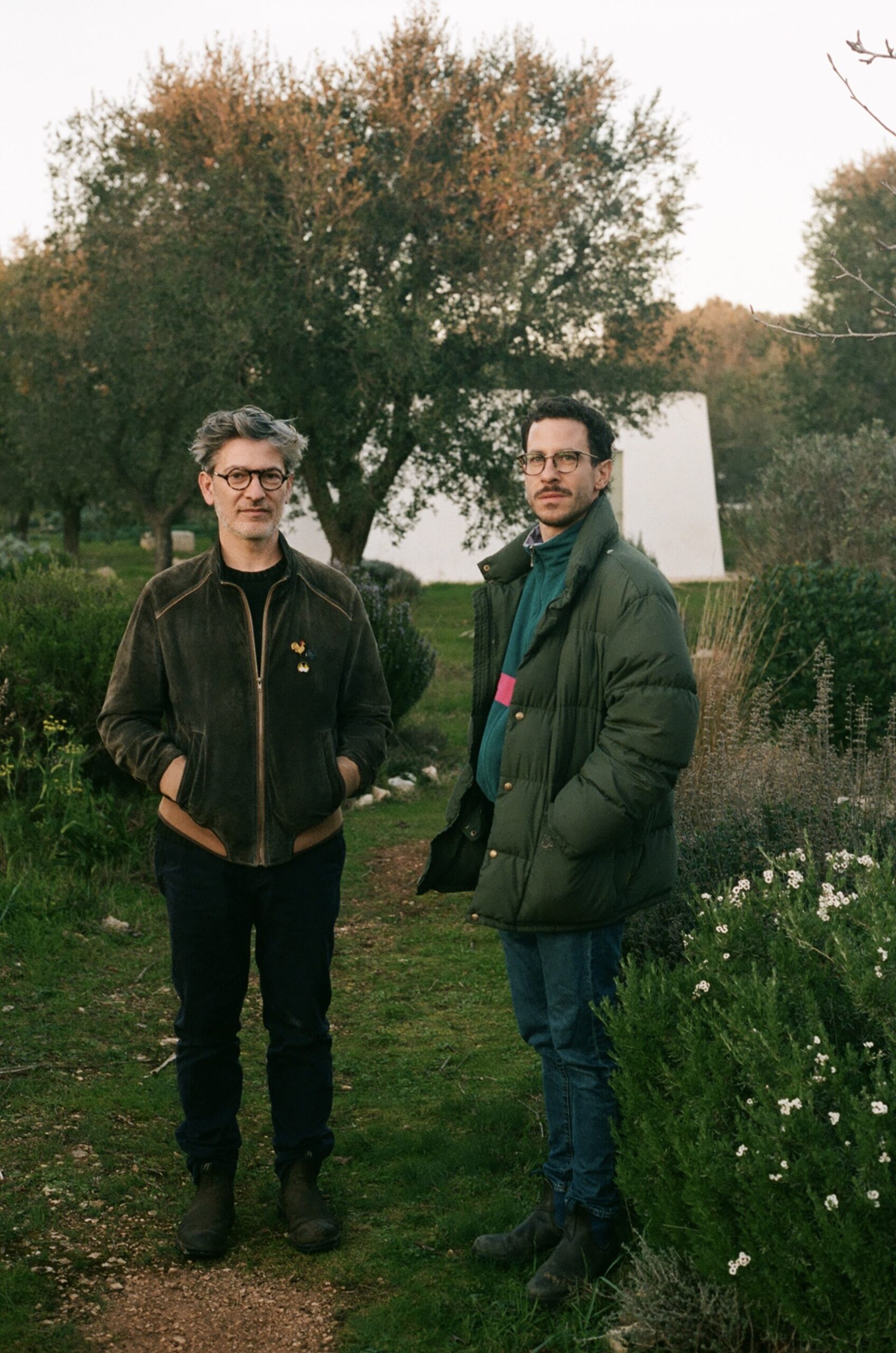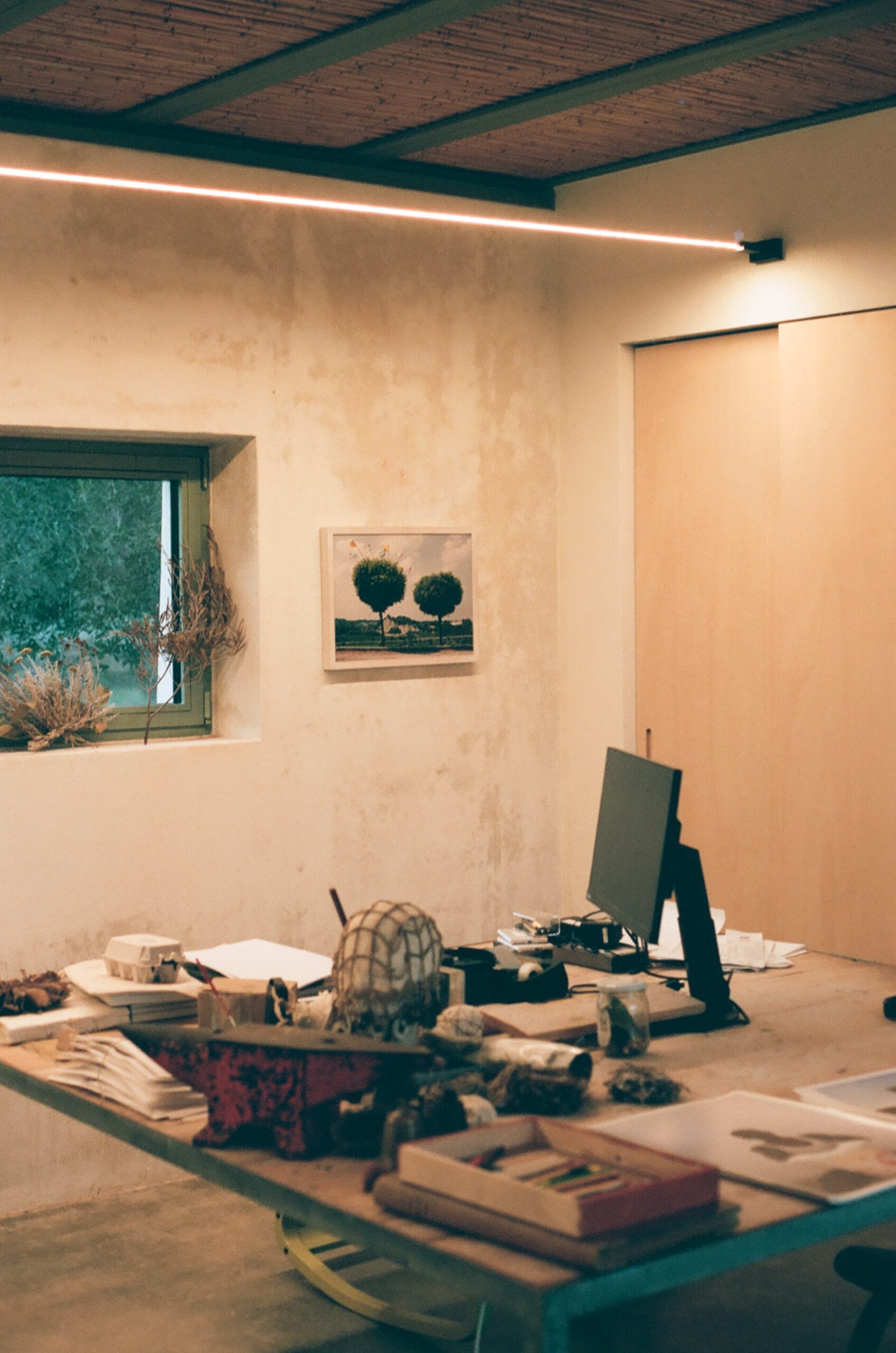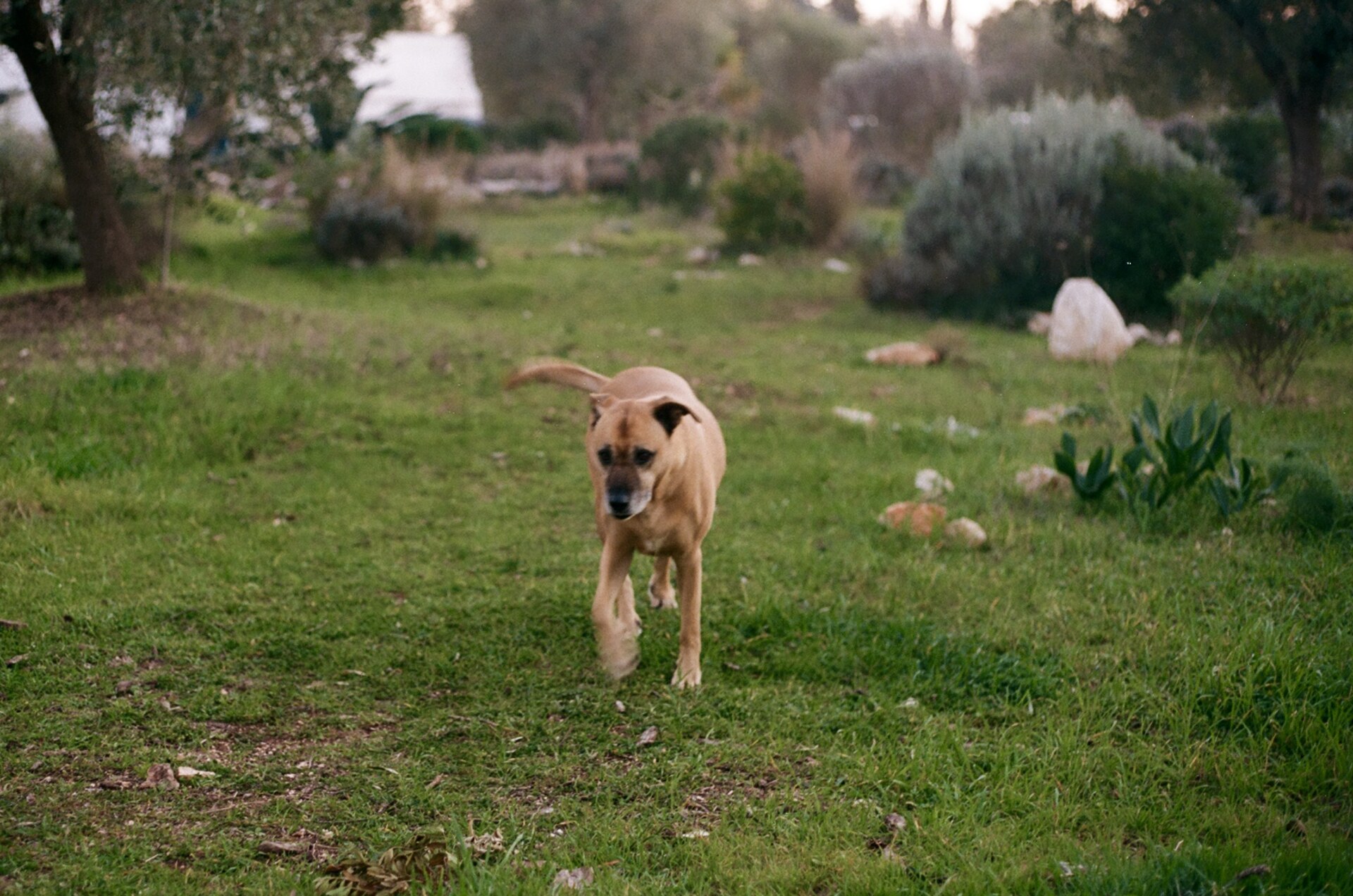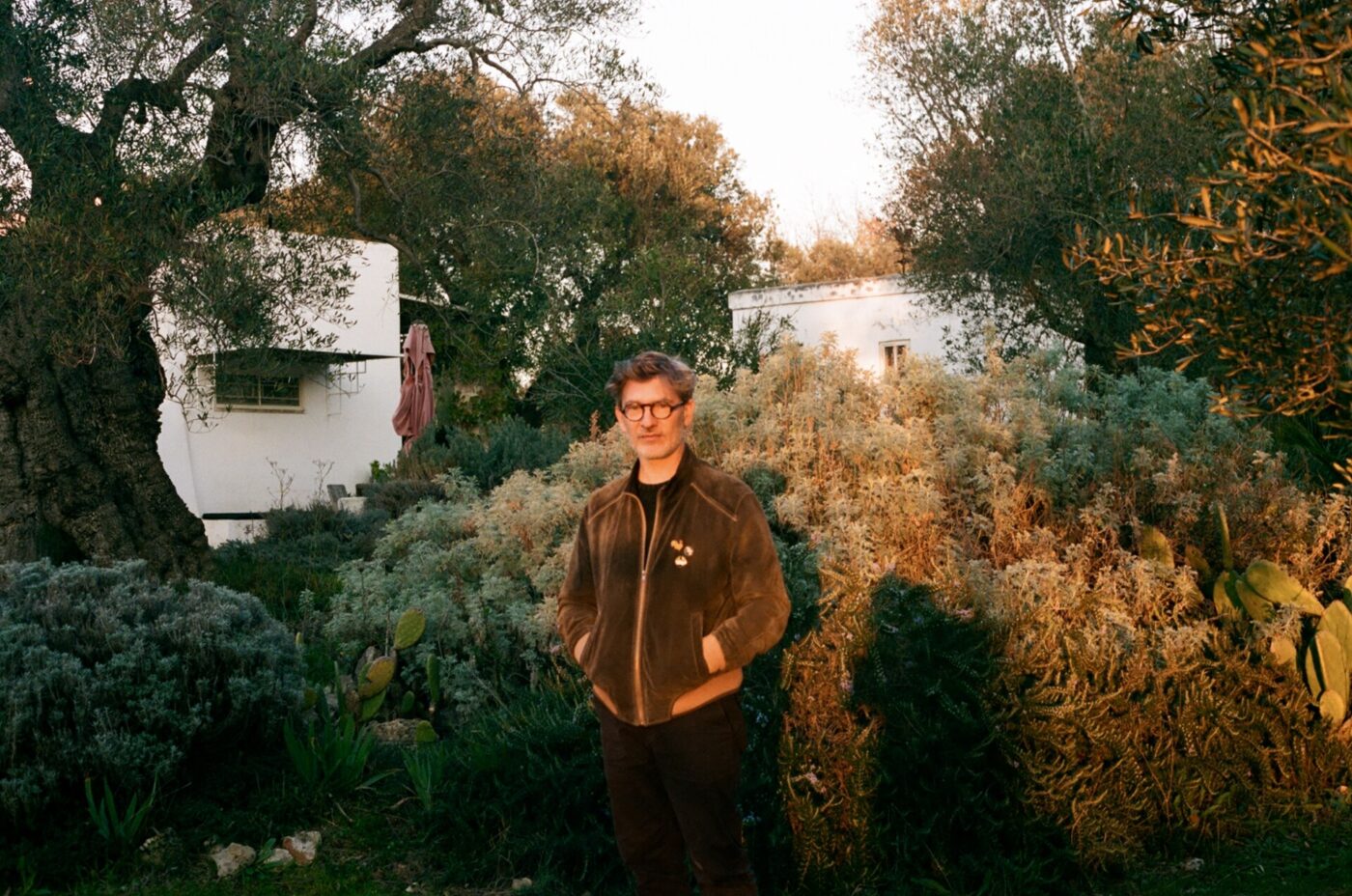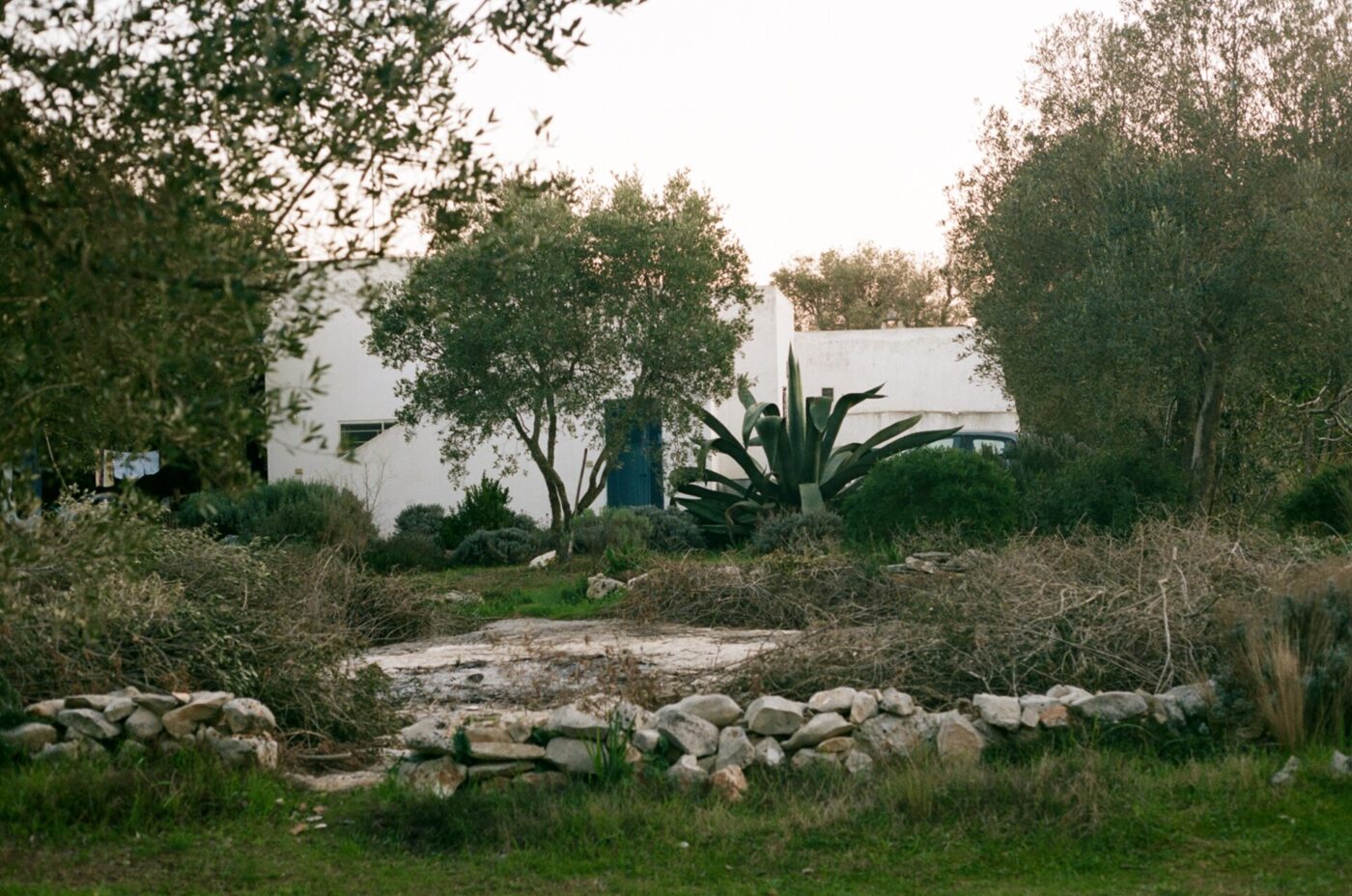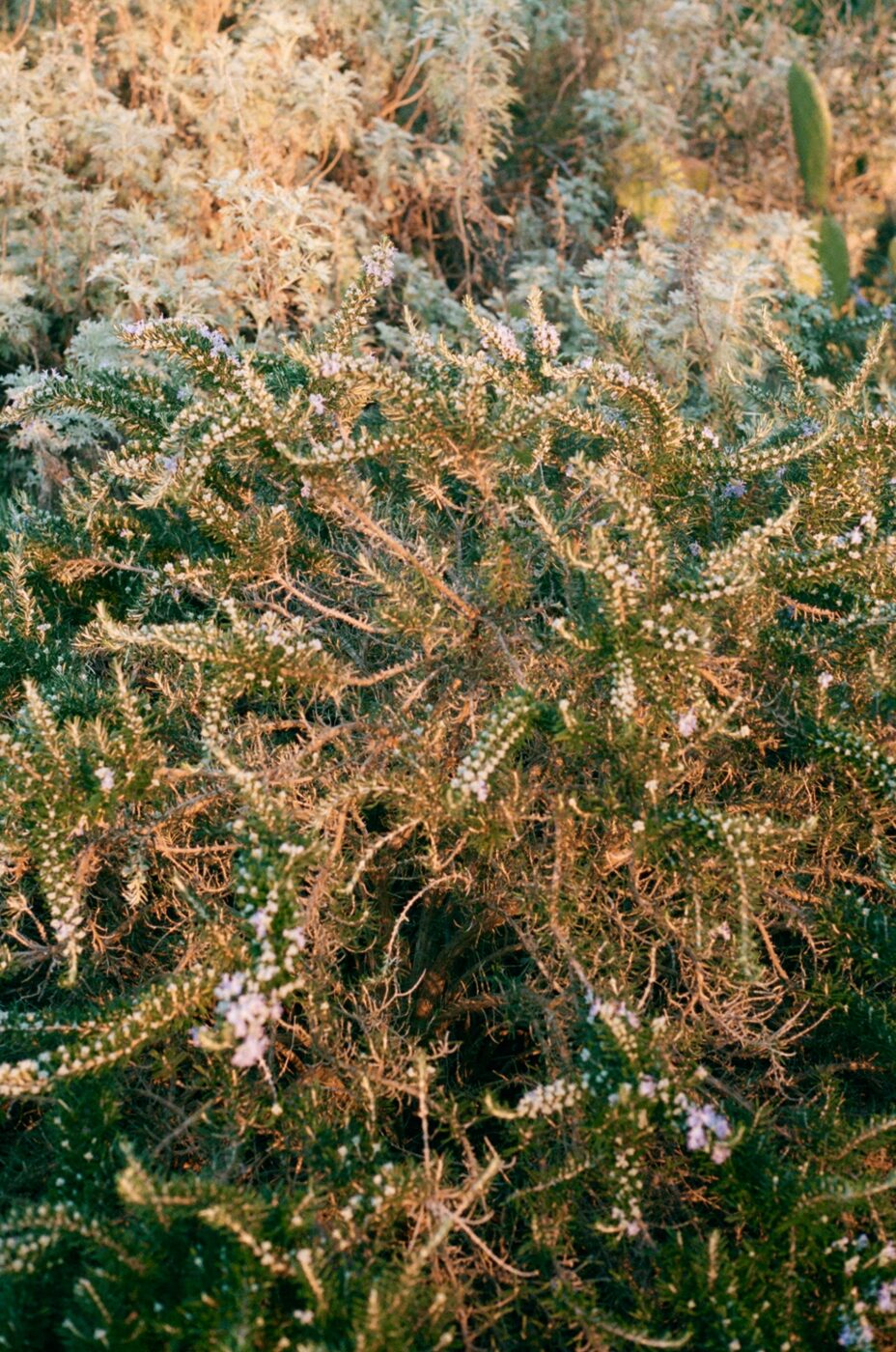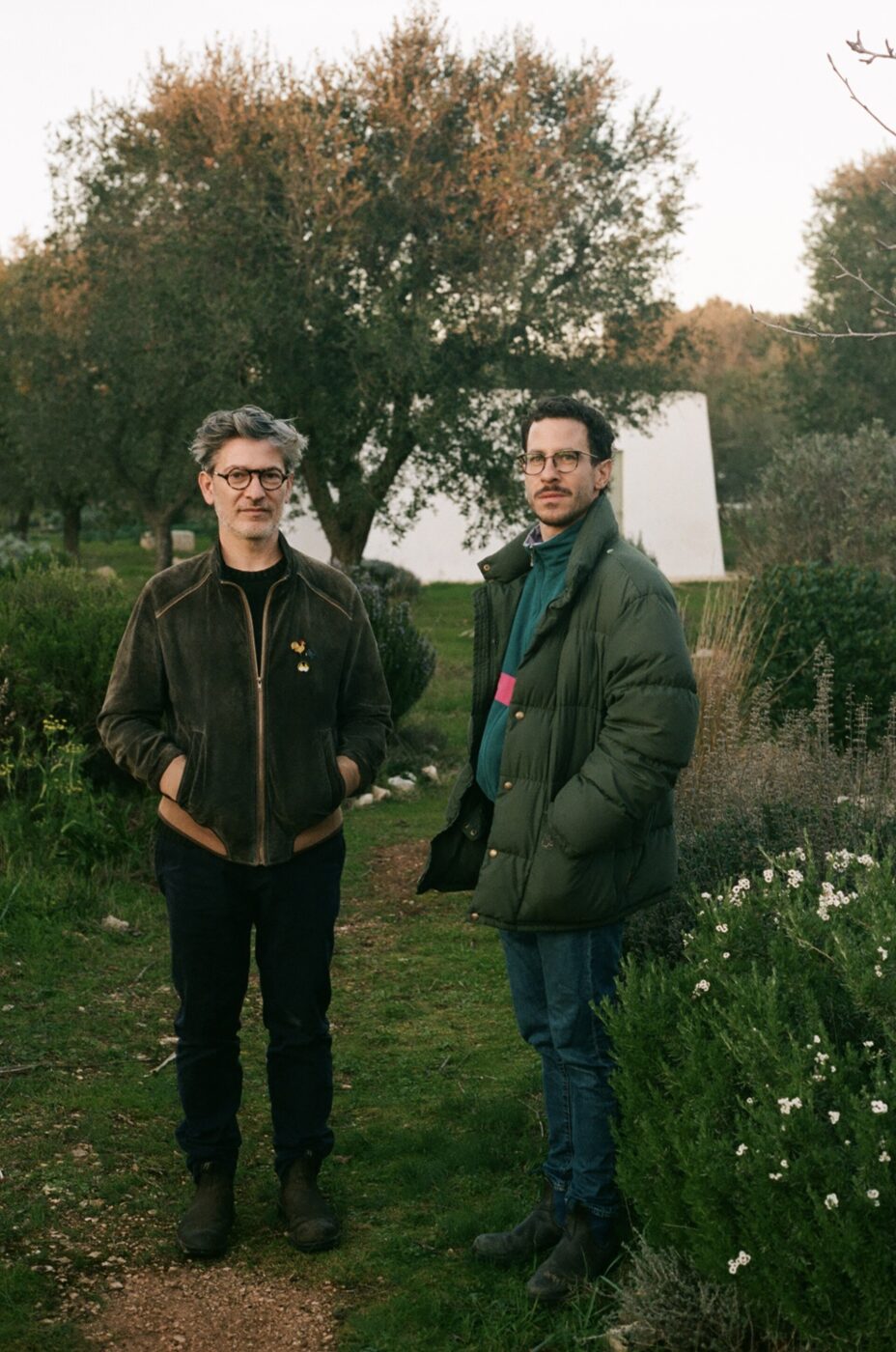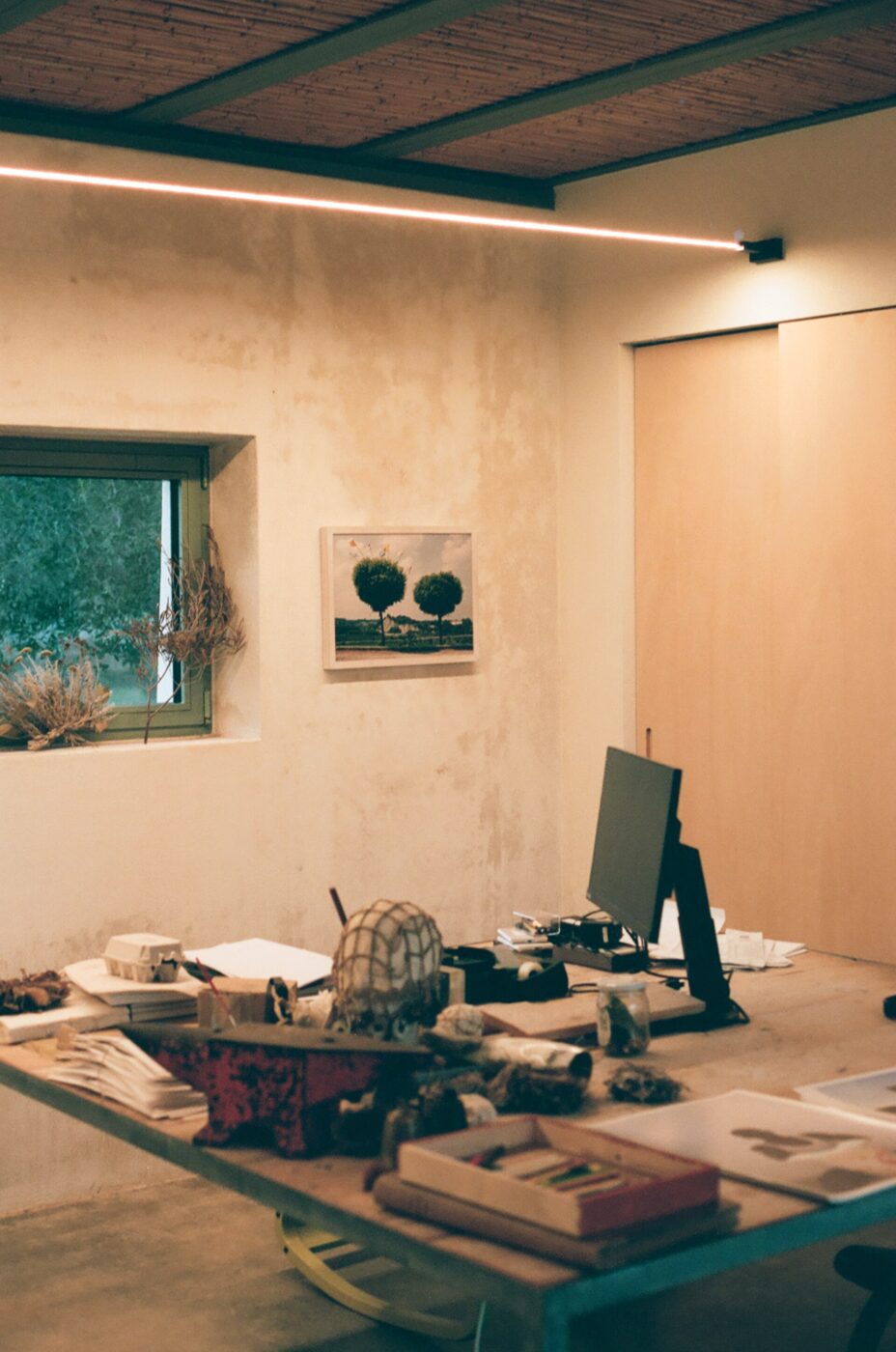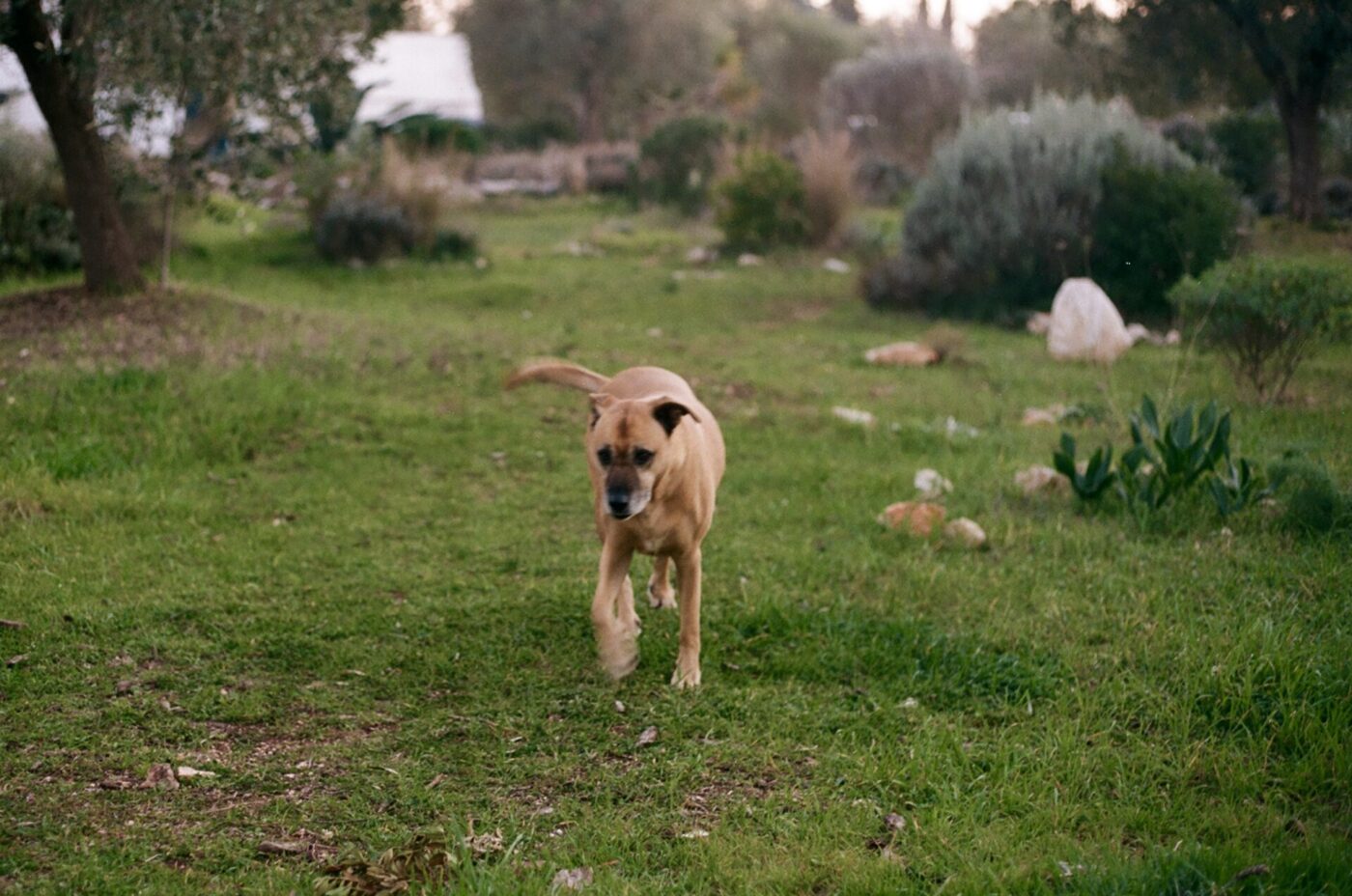I was born on a small farm on the outskirts of Bitonto, Bari, in what was open country and is now a city. All around there were olive and almond trees. I was born on the kitchen table while my father, out with the ape (his three-wheeler), was collecting milk from the neighboring bovalani, as the families who raised dairy cows were called. My mother gave birth with the help of a mammara, the village midwife. Bovalani we were too. It was the 1970s, and Puglia was changing its appearance.
What was once around us varied cultivation—mixed fields of fruits, grains, pastures, woods, and vegetable gardens—became, during this decade, an endless monoculture of olive trees. What much of Puglia is today.
That transformation has come at a cost. Puglia is now home to an estimated 60 million olive trees, but since 2013, the region has been under siege from Xylella fastidiosa—a bacterium native to the Americas, spread by a small sap-sucking insect called the spittlebug. It blocks the flow of water and nutrients within the tree, slowly choking it from the inside. About a third of the region’s olive trees have already been infected, and, once a tree is infected, there’s no cure—it slowly withers and dies within a few years.
It’s a textbook-worthy case study in the lack of resilience that monoculture creates. The uniformity of the landscape means Xylella can move without interruption, leaping from one tree to the next. What has become the cornerstone of Puglia’s imaginary—a revered aesthetic—is, on the other side of the coin, a symbol of its fragility.
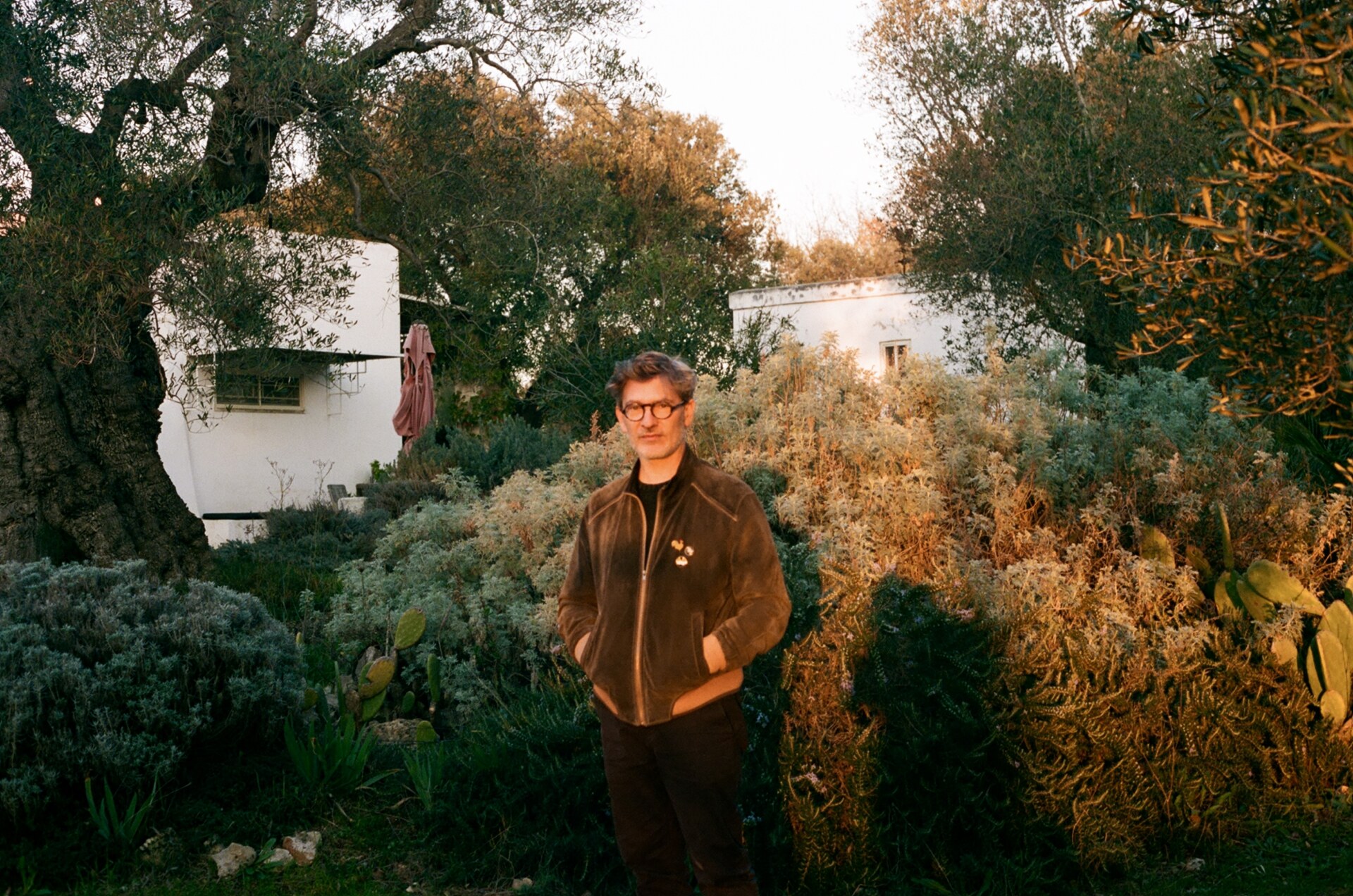
Cosimo Terlizzi
From an early age—perhaps influenced by nature documentaries—I looked for wildlife in the so-called olive groves, but it was hard to find. The estates were so well cared for, with herbicides, pesticides, plowing, and pruning, that wildlife and flora were pushed to the margins—limited to abandoned patches or the edges of roads. On cultivated land, it was customary to remove anything not considered useful; falling poisoned were rare snakes like colubers, small birds, and insects we now recognize as beneficial. And parallel to this industrialization of the countryside came the abandonment of the casedde, trulli, lamie, and masserie—the rural architecture that reminds Puglia of its more difficult past.
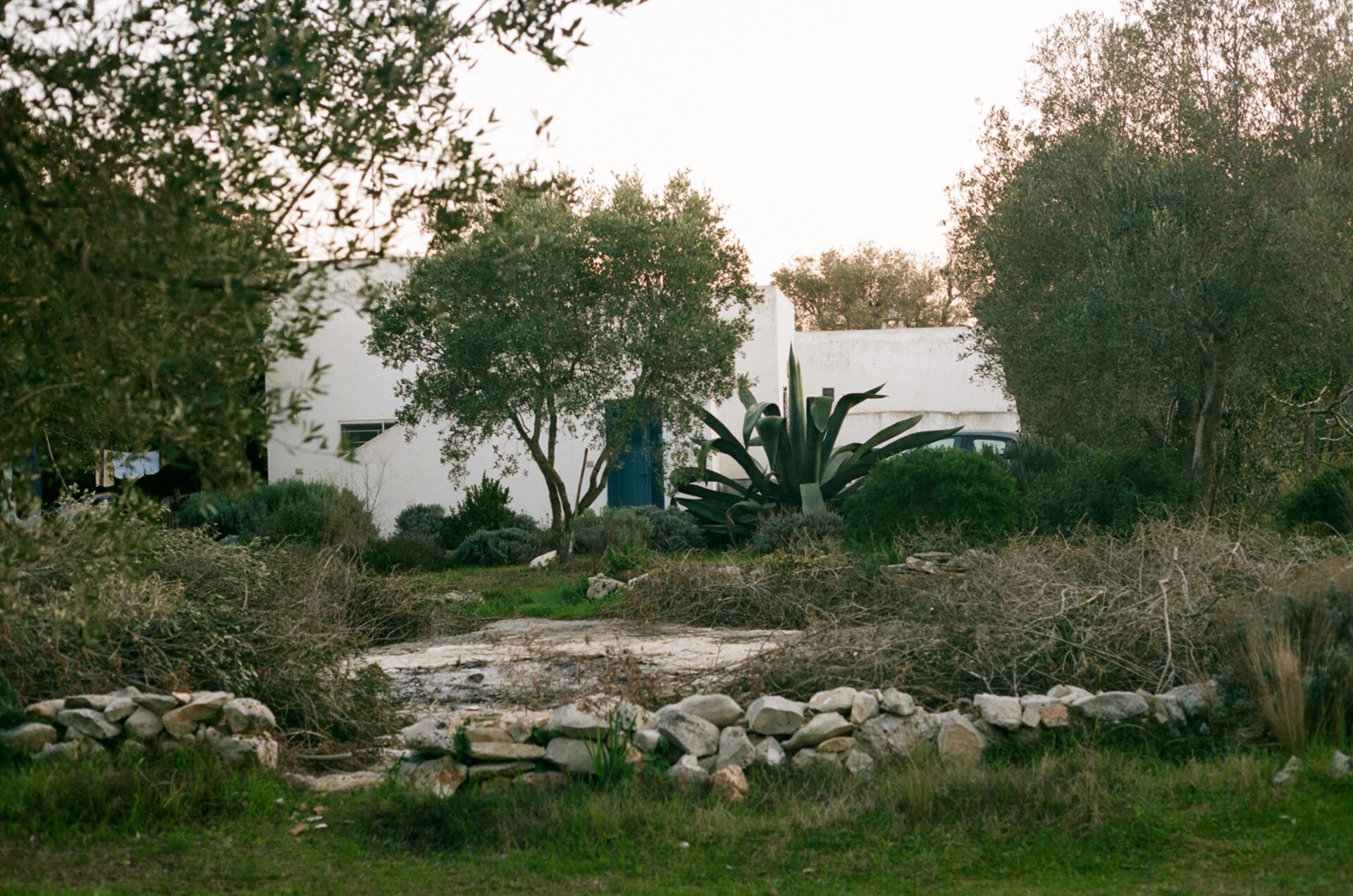
In 1994, I left my land to pursue studies and artistic training, returning in 2015 with my partner Damien. We bought a lamia surrounded by santolina bushes and called it Lamia Santolina—a small countryside house once used only in summer, like many rural homes that have since been turned into tourist accommodations. On that point, I’ve noticed a certain emptying of meaning when it comes to the origins of these structures. Trulli, for example—once temporary shelters for peasants, symbolic of the simple lives of poor families—are now outfitted with swimming pools, outdoor showers, and manicured lawns.
Puglia’s rural constructions are examples of ecosystemic, self-sufficient strategies—a survival culture passed down for centuries, now nearly erased in favor of industrial technologies deemed more convenient. There’s much talk today of circular architecture, yet these original blueprints are largely forgotten. Living in the south—and especially in Puglia, a region without rivers—means facing long periods of drought. Rural architecture responded with intelligence: rainwater was collected from rooftops and courtyards and funneled through stone channels into underground cisterns, where it was stored and carefully rationed. (Puglia could use that spirit of resilience now.)
I made it my mission to focus on the substance, the soul of these places—not just on the fleeting appeal of vacation or the disposable consumption of the land. There’s deep wisdom in rural Puglian culture that deserves to be seen. Damien and I began to observe and study everything that seemed on the verge of disappearing—from biodiversity and wildlife to vernacular architecture.
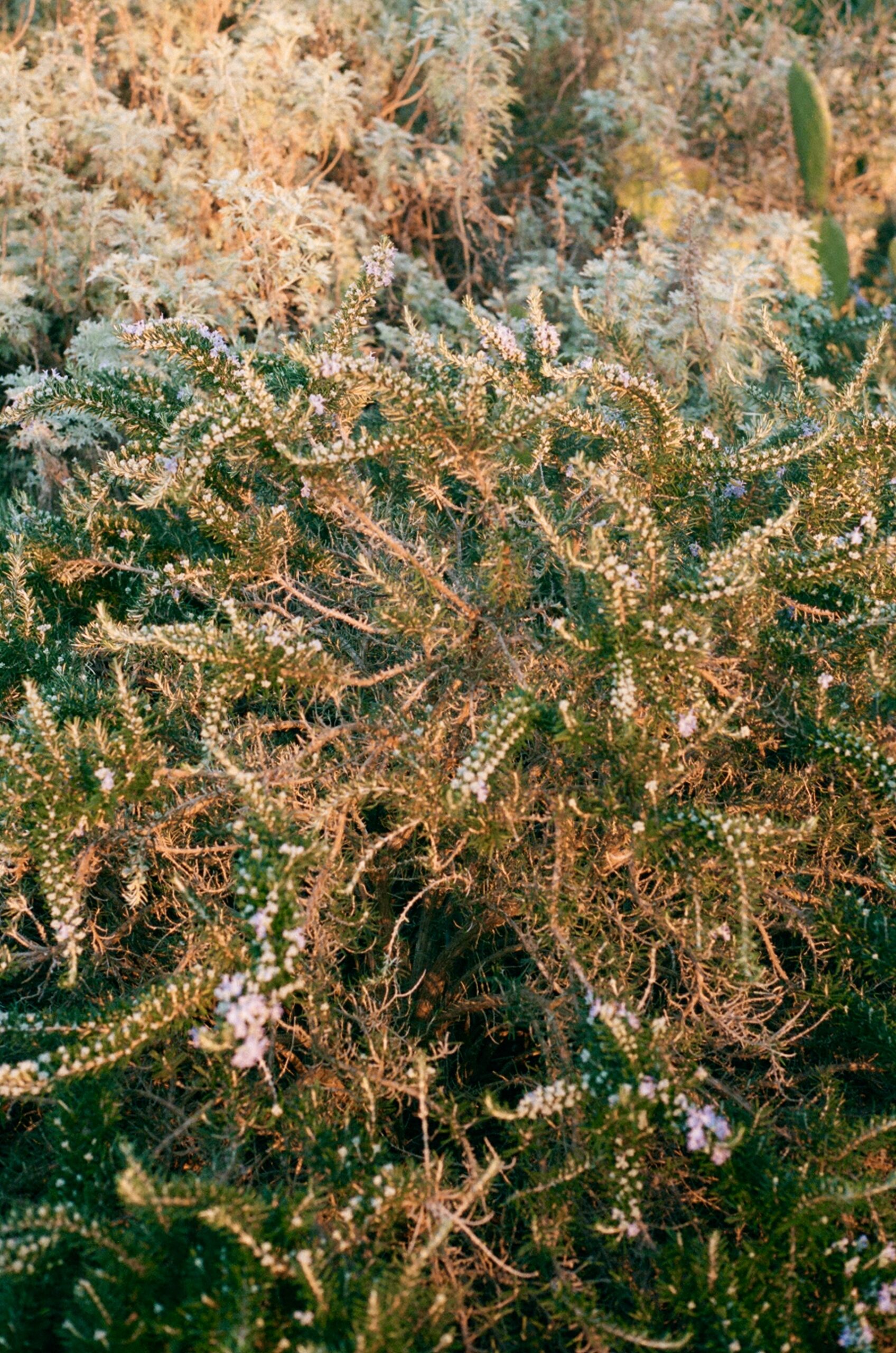
We discovered that wild nature still survives in Puglia, but it hides in the margins: along country roads, in the narrow strip of land between asphalt and drywall. Step into the few fragments of primary forest that remain and you’ll find shrubs that have escaped the reach of weeding and the blade of the plow.
We bring these plants back and give them a home in the grounds of our lamia. In our garden, pride of place goes to what are usually dismissed as weeds, such as asphodel and mastic trees. These are the plants that attract insects capable of controlling pests like the olive moth and olive mealybug. We place them at the center and study them. We chose to stop plowing altogether, waiting instead—year after year—for the soil to express its memory, made up of seeds that have lain dormant for decades. That’s how Santoreggia pugliese appeared: a fragrant, medicinal herb that grows only here. Soon after came several varieties of endemic orchids, like Serapias apulica. Then the butterflies arrived—rare ones, like the Arbutus Nymph and the Euphorbia Sphinx—followed by small birds that nest in the thickets, among them the goldfinch, with its extraordinary song.
Here, we’ve collected hundreds of Mediterranean plant species, alongside the insects and animals that now inhabit the lamia in the natural balance that is the ecosystem. It’s monoculture at its worst—and exactly the kind of place I dreamed of as a child who loved nature documentaries.
While Lamia Santolina is primarily a private workspace, it sometimes hosts workshops, exhibitions, and events that are open to the public. To inquire about the possibility of visiting or participating in any upcoming events, we recommended reaching out directly via email at [email protected].
